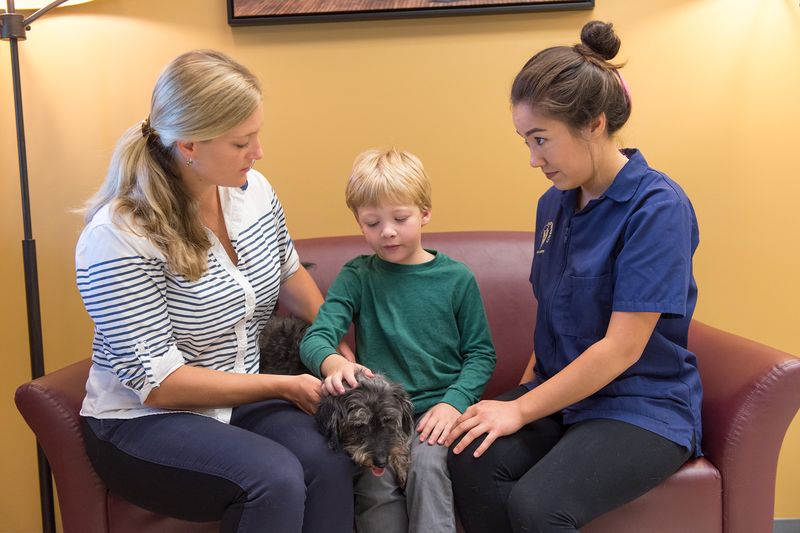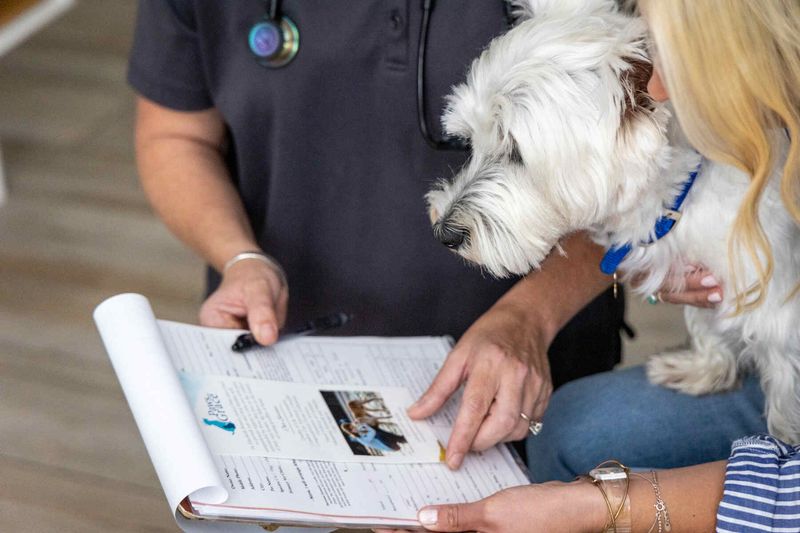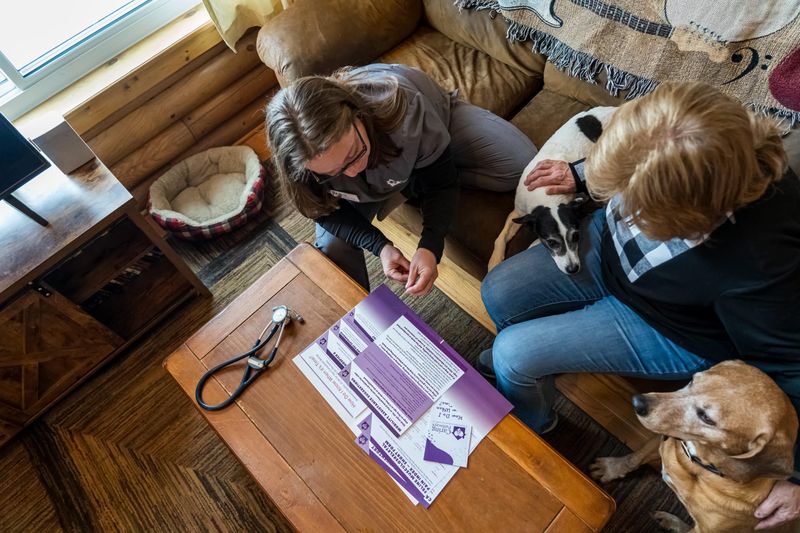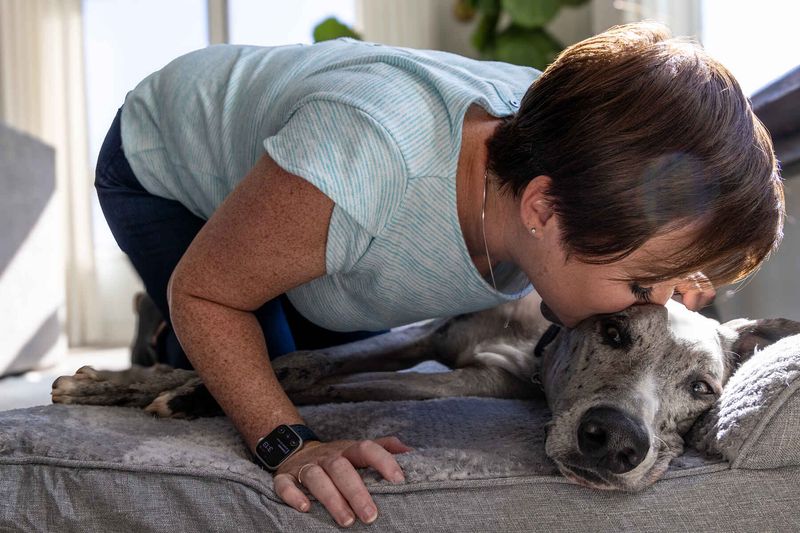Caring for a dog during its final days requires special attention and understanding. Canine hospice care focuses on providing comfort and dignity to pets as they approach the end of their lives. This article explores ten essential aspects every dog owner should know about this compassionate field, including emotional support, pain management, and quality of life considerations. Understanding these key points can help dog owners ensure their beloved pets receive the love and care they deserve in their final moments.
Understanding Canine Hospice
Canine hospice isn’t just a medical term; it’s an approach rooted in compassion and empathy. It focuses on enhancing the quality of life rather than prolonging it at all costs. To truly understand hospice care, one must embrace its philosophy of providing comfort and dignity.
Families often find solace in knowing they’re honoring their pet’s journey with love and respect. It’s not about giving up but about choosing a path filled with kindness.
Did you know? Hospice care for pets mirrors human practices, emphasizing well-being and emotional support.
Pain Management Techniques
Pain management is a cornerstone of canine hospice care. It involves various techniques, from medications to alternative therapies like acupuncture. Each method aims to alleviate discomfort and enhance the pet’s quality of life.
Owners play a critical role by observing their pet’s behavior and communicating with veterinarians about any signs of pain. A tailored approach ensures that each pet receives the best care possible.
Fun fact: Some dogs respond incredibly well to music therapy, which can be a soothing addition to traditional pain relief methods.
Quality of Life Assessments
Assessing a dog’s quality of life is vital in hospice care. Tools like quality of life scales help owners evaluate physical and emotional well-being.
These assessments guide decisions, ensuring the pet’s needs are prioritized. Regular check-ins with a veterinarian can help identify changes that may require adjustments in care.
Remember, these evaluations are not just about ticking boxes; they’re about understanding what brings joy and comfort to your beloved pet. It’s a deeply personal process that honors their unique journey.
Emotional Support for Owners
Caring for a dying pet can be emotionally overwhelming. Providing emotional support for owners is an integral part of canine hospice care.
Support groups offer a safe space to share feelings and experiences, reducing feelings of isolation. Connecting with others who understand the journey can provide strength and comfort.
Did you know? Some veterinary clinics offer in-house counseling services to assist pet owners during these challenging times, recognizing the profound bond between humans and their furry companions.
Creating a Peaceful Environment
A peaceful environment can significantly enhance a pet’s comfort during hospice care. Soft bedding, familiar scents, and quiet spaces contribute to a calming atmosphere.
Owners may notice a positive change in behavior when their pet feels safe and secure. It’s the small details, like a favorite blanket or a familiar toy, that can make a world of difference.
Interesting fact: Many pets prefer natural lighting, which can be achieved by arranging their resting area near a window.
Nutritional Support and Hydration
Nutrition plays a crucial role in maintaining a dying pet’s strength and comfort. Tailoring meals to meet specific needs can aid digestion and energy levels.
Hydration is equally important, as it supports overall health and well-being. Owners should work with their vet to create a diet plan that satisfies their pet’s preferences and requirements.
Did you know? Some vets recommend bone broth as a gentle and nutritious option, known for its healing properties and easy digestibility.
Veterinary Collaboration
Collaborating with a veterinarian is essential in canine hospice care. Regular consultations ensure the pet’s needs are met, allowing for adjustments in care strategies.
Home visits can be particularly beneficial, providing personalized attention in a familiar setting. This collaboration fosters a partnership built on trust and shared goals.
A notable tip: Establishing a communication plan with your vet can streamline processes and ensure timely interventions when necessary.
Legal and Ethical Considerations
Navigating the legal and ethical aspects of canine hospice care can be complex. Understanding your rights and obligations ensures decisions align with personal values and legal requirements.
Consulting with professionals can provide clarity on issues such as advanced directives and euthanasia options.
Did you know? Some regions offer pet hospice certifications, reflecting a growing recognition of the importance of end-of-life care for animals.
Communication with Family Members
Open communication within the family is crucial when managing a pet’s hospice care. Ensuring everyone understands the plan fosters unity and reduces misunderstandings.
Children may require special attention to process their emotions and comprehend the situation. Age-appropriate conversations can help them feel included and supported.
Fun fact: Creating a family scrapbook or memory book can be a heartfelt way to celebrate the pet’s life, preserving cherished moments for years to come.
Choosing When to Say Goodbye
Deciding when to say goodbye to a beloved pet is one of the hardest choices an owner can face. It’s a decision steeped in love and compassion, guided by the pet’s quality of life.
Recognizing the signs that it’s time can bring peace and closure. Trust in the bond shared and know that choosing euthanasia is a final act of kindness.
A gentle reminder: Celebrate the joyful moments and hold onto the memories that made your pet’s life so meaningful.










